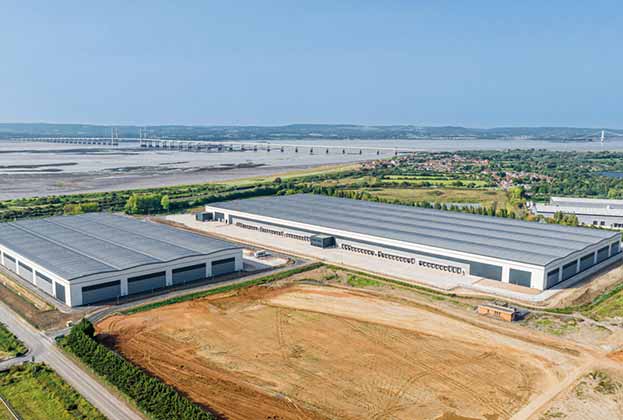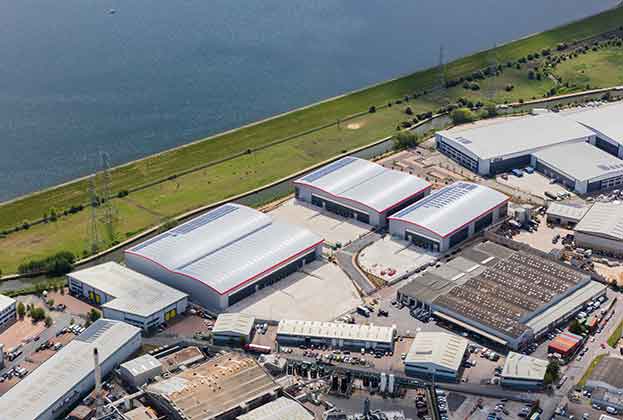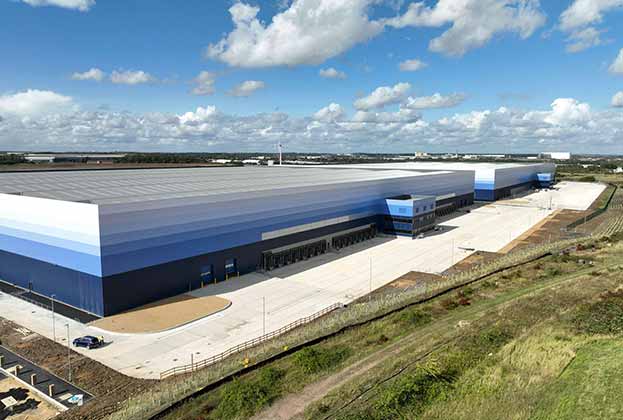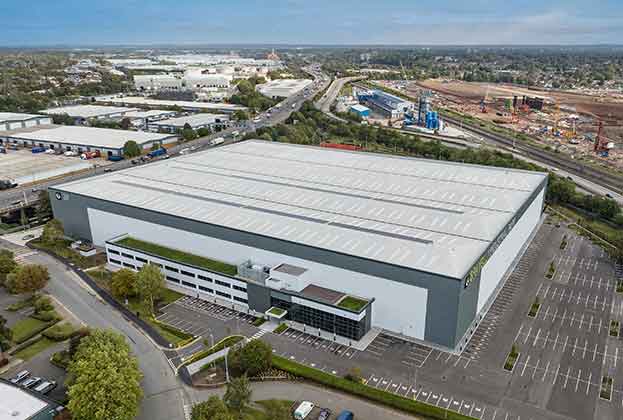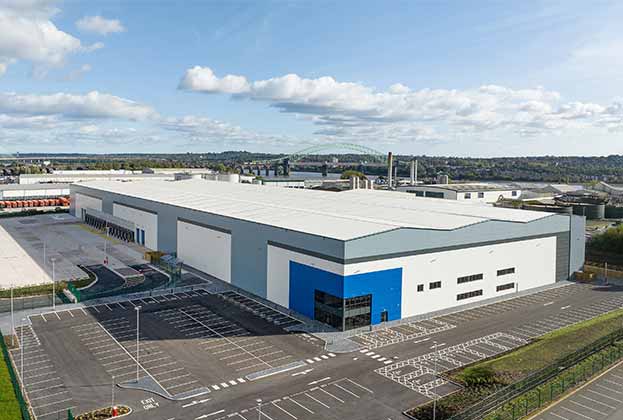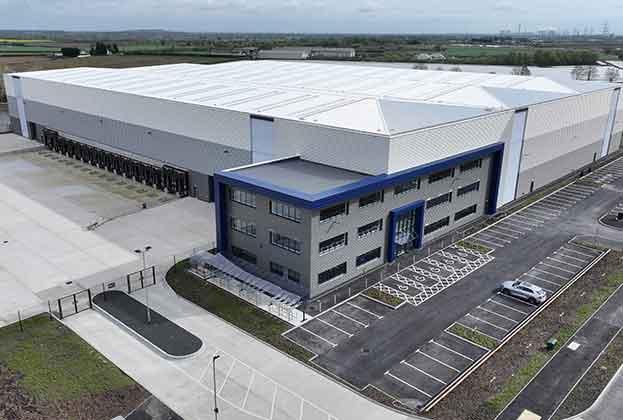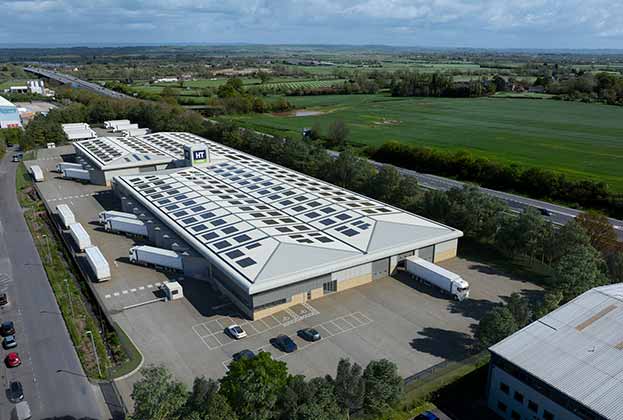Build-to-suit (BTS) has long been a key feature of the industrial & logistics sector, providing occupiers with the opportunity to acquire a bespoke unit that fits their exact requirements. Prior to the pandemic, BTS was a popular option, but given the unprecedented demand during that period businesses needed space quicker than it could be built. Fast forward to 2023 and figures fell further still, dropping 52% year-on-year to just 11.9 million sq ft, the lowest level since 2015.
So what’s changed?
The most important factor in the decline in BTS has been the rise of interest rates and the subsequent shift in yields. This has contributed to an increase in build costs and uncertainty when it comes to funding, which has seen developers question the viability of schemes and pushing up rents in order to make BTS deals work.
Despite the economic headwinds, however, there is still strong demand in the market meaning occupiers are having to consider other options. When business critical decisions need to be made, they may have to compromise on their operational criteria, such as size, location, layout or even ESG targets, by taking existing stock.
Why compromise?
An 80% decline in BTS take-up seems considerable, but it is important to put this into context. Prior to the interest rate rises in 2022, occupiers could generally achieve a better deal on a BTS unit which would fully meet their property requirements. With demand for industrial and logistics space higher than ever in this period, plus a limited supply of good quality stock available, it meant that landlords could be more bullish when it came to agreeing terms on existing buildings.
Now, with supply increasing, softening demand and some occupiers surrendering space, businesses, in some instances are seeing greater flexibility in commercial terms on standing stock.
BTS is still happening
This is not to say that BTS has ground to a halt. In fact demand remains strong and diverse and largely depends on location, size and an occupier’s specific requirements. This could be labour, utilities, or achieving ESG targets, all of which could be tailored to a bespoke building.
Our data shows that in most UK regions there remains less than a year’s supply of buildings, both existing and under construction, above 400,000 sq ft. This means that options are limited, so BTS may be the only way to service such a requirement.
Nevertheless, with current market volatility it is becoming increasingly difficult to lock in favourable terms that remain in place until exchange. There have been a number of examples where appraisals change throughout negotiations with deals becoming unviable as a result. Those that do complete are taking significantly longer, which also has the potential to jeopardise timeframes put in place by occupiers. This means they could be forced to remain in existing buildings that in some cases are no longer fit for purpose.
Looking ahead
Ultimately, until there is more clarity on interest rates and surety on funding we are unlikely to see a major change in 2024. BTS will continue to be a difficult and lengthy process, especially for those developers who have seen land values tumble since originally acquiring sites, and the market will continue to be characterised by mega-boxes, particularly in size brackets where there are simply no alternatives.
In many cases, there is still the drive to try and agree terms on BTS deals. However, for occupiers certainty of delivery remains key, which, in the short-term at least, means a unit that is already standing could well be the preferred choice.
Further information
Contact Tom Shaw or George Unwin
The logistics market: Nationwide Overview
.jpg)
.jpg)

.jpg)
